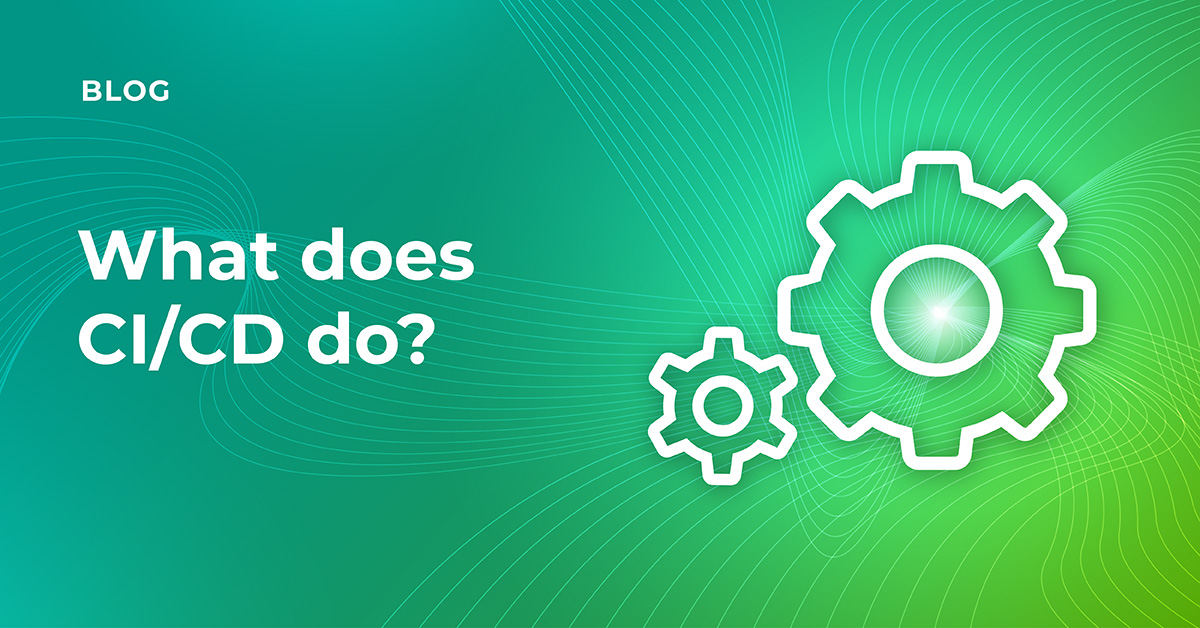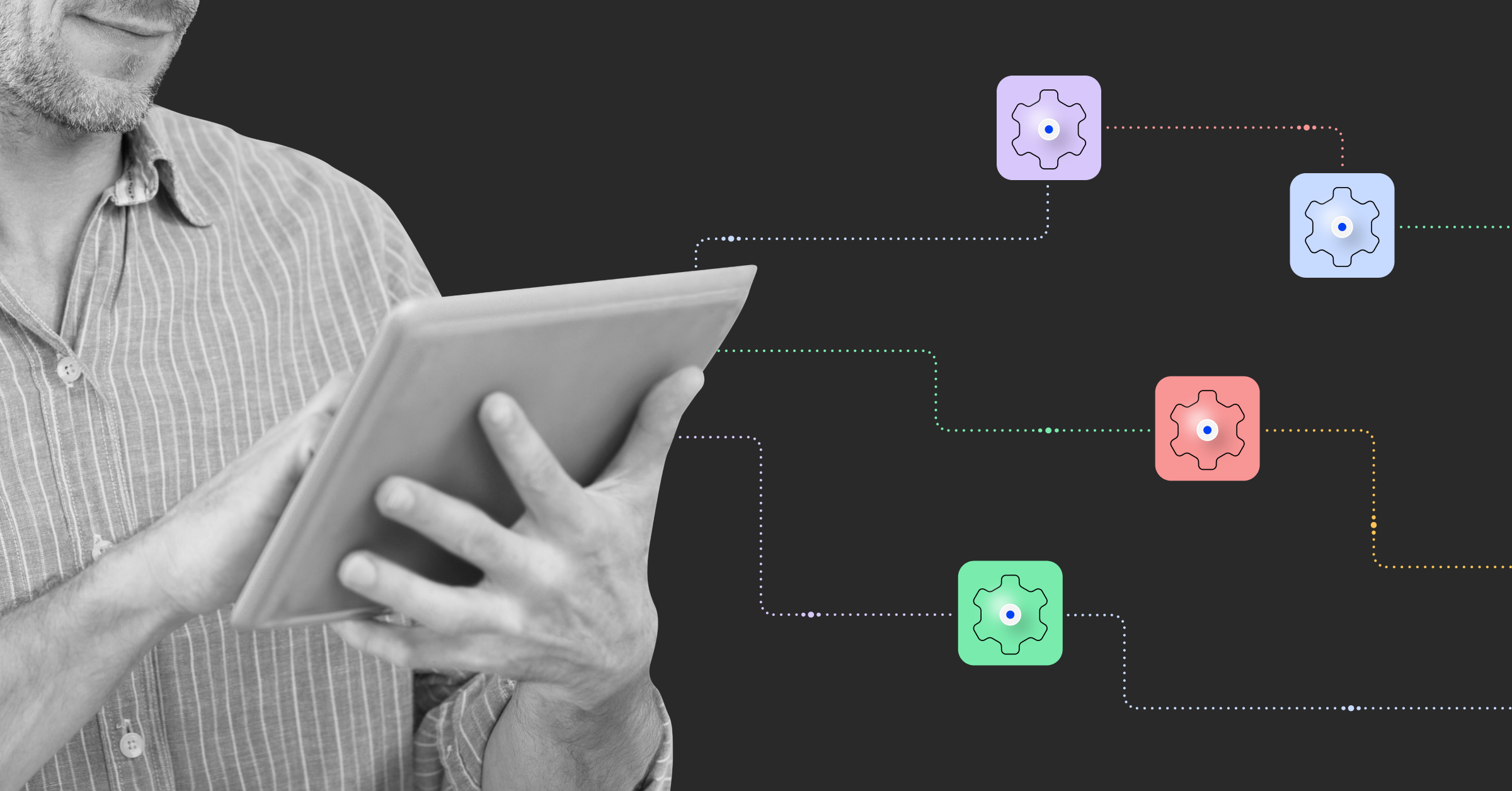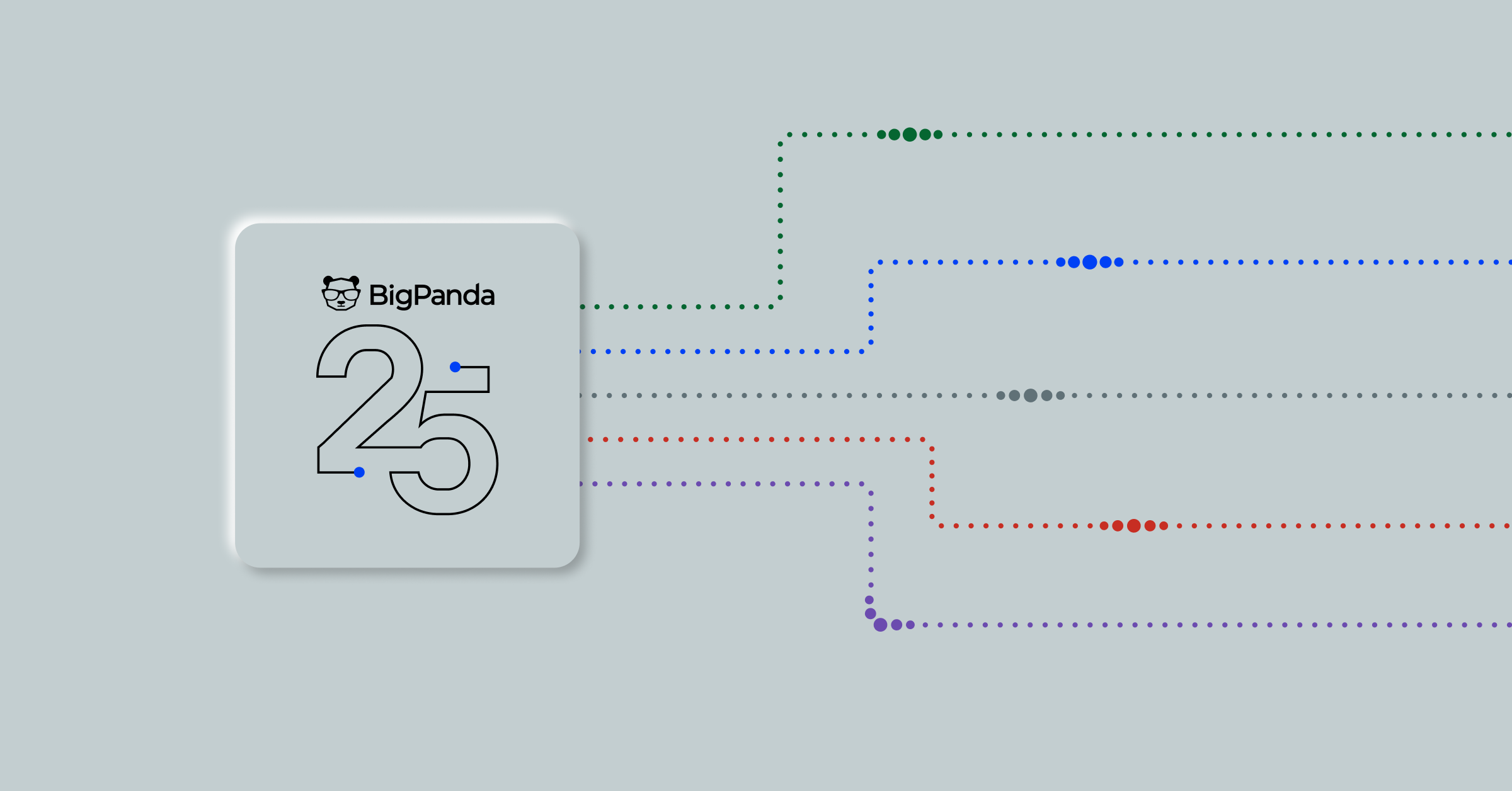What does CI/CD do?

Organizations are under pressure to deliver software faster than ever before. Continuous integration and continuous delivery (CI/CD) help them meet that demand. Companies are turning to CI/CD to speed up the software development process and increase efficiency.
In this article, learn about what CI/CD is, the benefits of using it and some of the challenges that come with it.
What is a CI/CD pipeline?
A CI/CD pipeline is a set of automated processes that enables software developers to quickly build, test and deploy code changes. The goal of CI/CD is to reduce the time it takes to get new features and updates into the hands of users.
In a typical CI/CD pipeline, code changes are automatically built, tested and deployed to a staging or production environment. This allows developers to get feedback on their code changes quickly and iterate on them rapidly.
The benefits of CI/CD
CI/CD enables organizations to minimize the risk of errors when releasing new features or products to their users. By automating the process of code integration and delivery, teams can focus on more important tasks, such as writing code and fixing bugs.
CI/CD provides a number of benefits, including:
- Faster software delivery – Automating the software development process enables organizations to deliver new features and updates faster.
- Reduced risk – By automating testing and deployments, CI/CD can help reduce the risks associated with software changes.
- Increased efficiency – CI/CD can increase the efficiency of the software development process by reducing the need for manual tasks and eliminating errors.
- Improved collaboration – CI/CD can improve collaboration between developers and other stakeholders by providing visibility into the software development process.
- Faster time to market – CI/CD pipelines enable organizations to quickly deploy new features and updates. This allows them to respond to customer needs and market changes faster.
- Improved quality – By automating the testing process, CI/CD pipelines help to ensure that code changes are of high quality before they are deployed to production.
- Shorter lead time – By automating the software development process, CI/CD pipelines help to shorten the lead time between when a code change is made and when it is deployed to production.
- Greater system reliability – Automating the build, test and deploy process can help to improve the reliability of systems.
- Improved mean time to resolve (MTTR) metrics – CI/CD can help to improve MTTR metrics such as mean time to repair and mean time to restore.
What is CI/CD monitoring and CI/CD pipeline monitoring?
There are two ways to monitor with CI/CD. The first step is to keep track of your monitoring configuration in a source control system and make sure new apps are monitored through the CI/CD pipeline before being deployed. In this scenario, any code deployment that does not include related monitoring and alerting rules would fail the automated tests in the CI/CD pipeline. Developers will be more inclined to establish monitoring checks and warnings for their applications as a result.
The second way is to set up monitoring for your application after it has been deployed. In this case, you will need to have a tool that can discover new applications and services as they are deployed and automatically configure monitoring for them. This approach is less intrusive and can be more easily adopted by organizations that are not yet using CI/CD.
Pipeline monitoring can be used to:
- Identify issues early – By monitoring the health of CI/CD pipelines, organizations can identify problems early and fix them before they cause major issues.
- Prevent outages – By monitoring for errors and warnings, pipeline monitoring can help to prevent outages in production environments.
- Optimize performance – Pipeline monitoring can help to optimize the performance of CI/CD pipelines by identifying bottlenecks and slowdowns.
- Improve collaboration – Pipeline monitoring can improve collaboration between developers and other stakeholders by providing visibility into the software development process.
What complexity is generated by CI/CD and how does it impact roles in an organization?
CI/CD can have a profound impact on the structure and roles within an organization. It often leads to the creation of new roles, such as DevOps engineer. It also changes or eliminates other roles, such as release manager.
The primary benefit of CI/CD is faster software development. But that higher velocity creates new challenges and responsibilities, which can impact organizational complexity in the following ways:
- Increased number of code deployments – More code changes lead to more deployments. That can increase the chances of errors and outages. To mitigate those risks, you need more comprehensive testing and monitoring at each stage of the CI/CD pipeline.
- Shifting left of security – In a traditional software development model, security testing is done near the end of the process. In CI/CD, security testing needs to happen earlier to avoid delays in the release cycle. That requires new tools and processes, which can add overhead and complexity.
- New compliance challenges – Compliance is another area where CI/CD can create complexity. For example, if you’re deploying to a public cloud, you need to consider the shared responsibility model for security. You also need to automate compliance testing to keep up with the pace of change in the CI/CD pipeline.
To manage the complexity generated by CI/CD, it is important to have a clear understanding of the roles and responsibilities within an organization. Furthermore, these roles have been impacted by CI/CD and need to be redefined to meet the new challenges:
- IT Service Manager – This role is responsible for overseeing the lifecycle of IT services, from strategy and design to continuous improvement. In a CI/CD environment, the focus is on accelerating the development and release process. This can be seen as conflicting with traditional IT service management (ITSM) practices which emphasize governance, control and following best practices. However, many organizations value both ITSM and CI/CD, and have adjusted their DevOps and service management departments to collaborate.
- IT Operations Manager – The IT Operations manager role is responsible for overseeing the operational phase of the IT lifecycle. This includes tasks such as monitoring and maintaining systems, ensuring availability, and responding to incidents. There is significant overlap with ITSM practices. Organizations that want to use both ITIL and CI/CD must figure out how to foster collaboration between IT Operations managers and DevOps engineers. Using DevOps for operations management is one of the most common ways to achieve this goal.
- Release Manager – The release manager is responsible for coordinating the release of software changes. This includes tasks such as planning, scheduling and coordination. In a CI/CD environment, the focus is on automation and collaboration. This can be seen as conflicting with traditional release management practices which emphasize control and coordination. Despite this, many organizations find that both CI/CD and release management are valuable and have adjusted their process to accommodate both.
- NOC Engineer – The CI/CD revolution has prompted the NOC engineer position to change. NOC engineers now interact more collaboratively with DevOps teams and must be able to react swiftly to changing conditions. In turn, members of the DevOps team gain exposure to the NOC’s priorities and learn about issues that could impact business services.
- Site Reliability Engineer – SREs and DevOps engineers have many things in common. Both jobs are cross-functional, encompassing both software development and operations. SREs and DevOps engineers also employ automation and monitoring extensively, as they seek to reduce organizational silos. Lastly, both jobs aim to expedite the software release process.
CI/CD provides many benefits for organizations, but also brings new challenges. Ultimately, the success of CI/CD depends on collaboration between IT Operations managers, DevOps engineers, and other stakeholders. When everyone is on the same page, CI/CD can help organizations release software faster and with fewer errors.
To learn more about BigPanda integrated with ServiceNow, click here.




